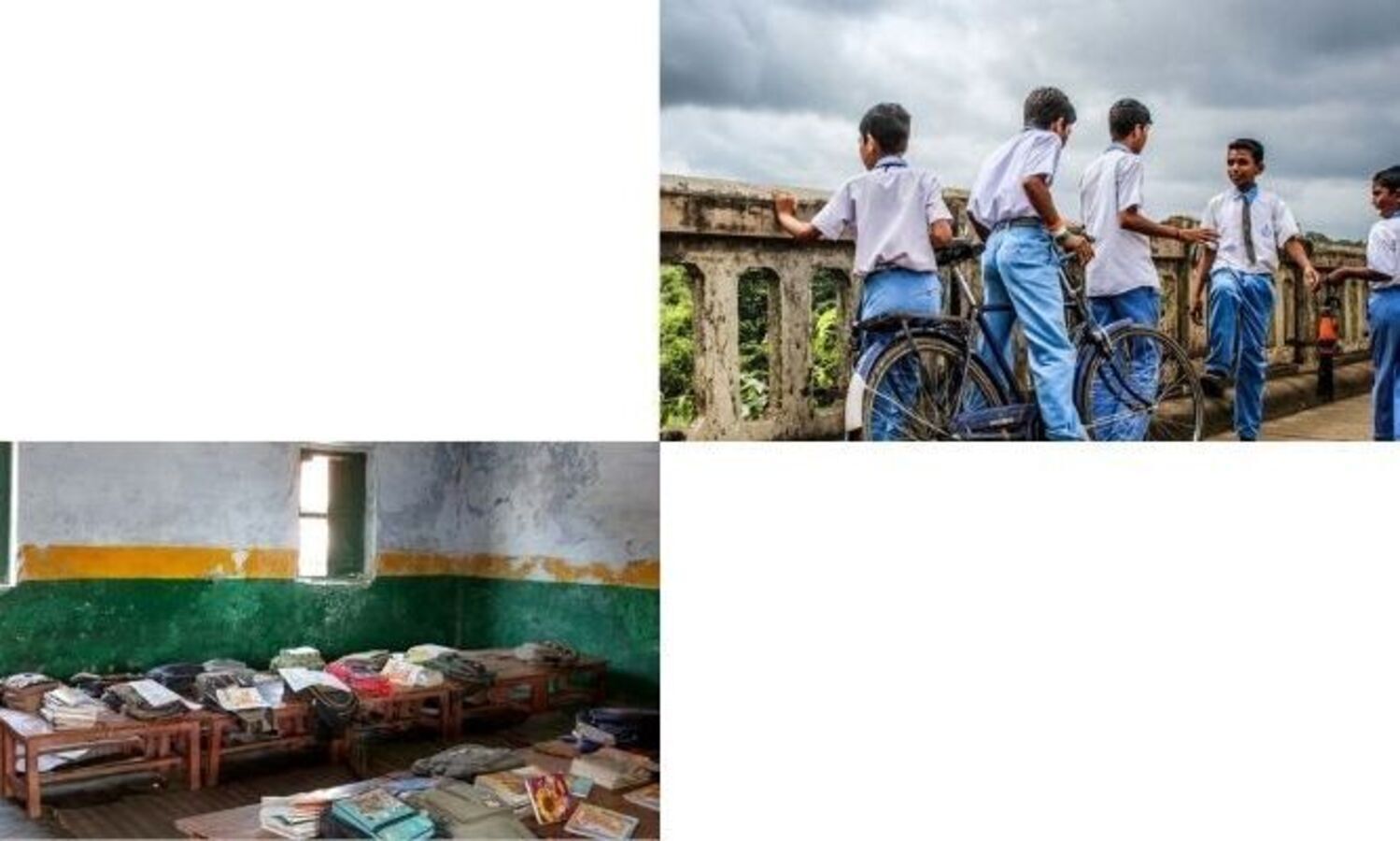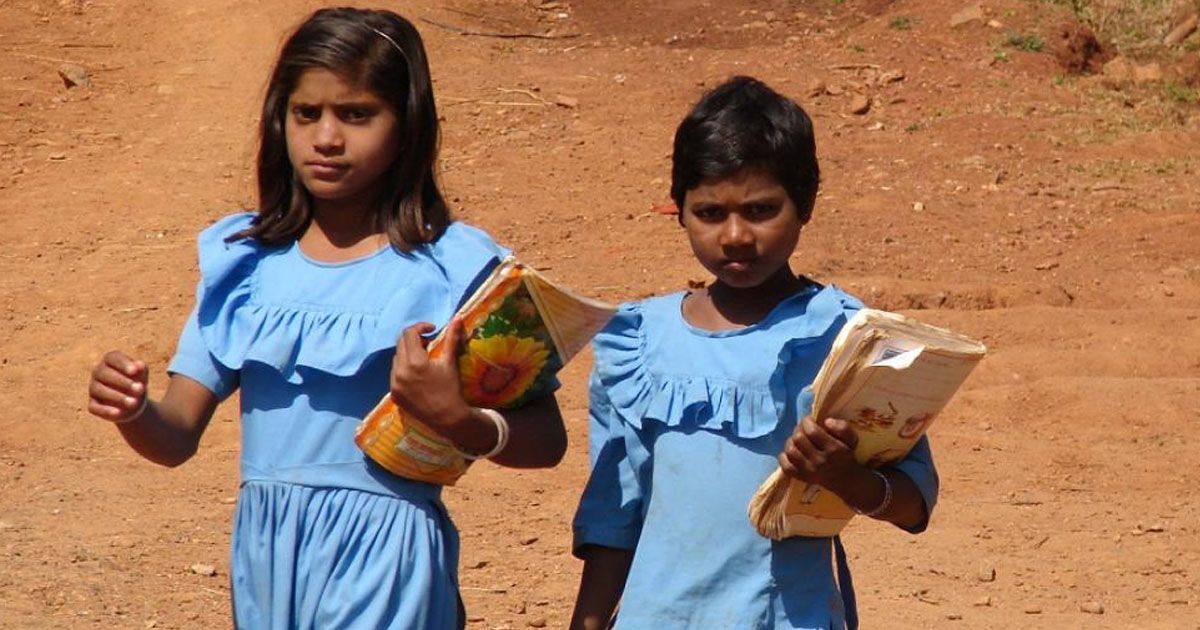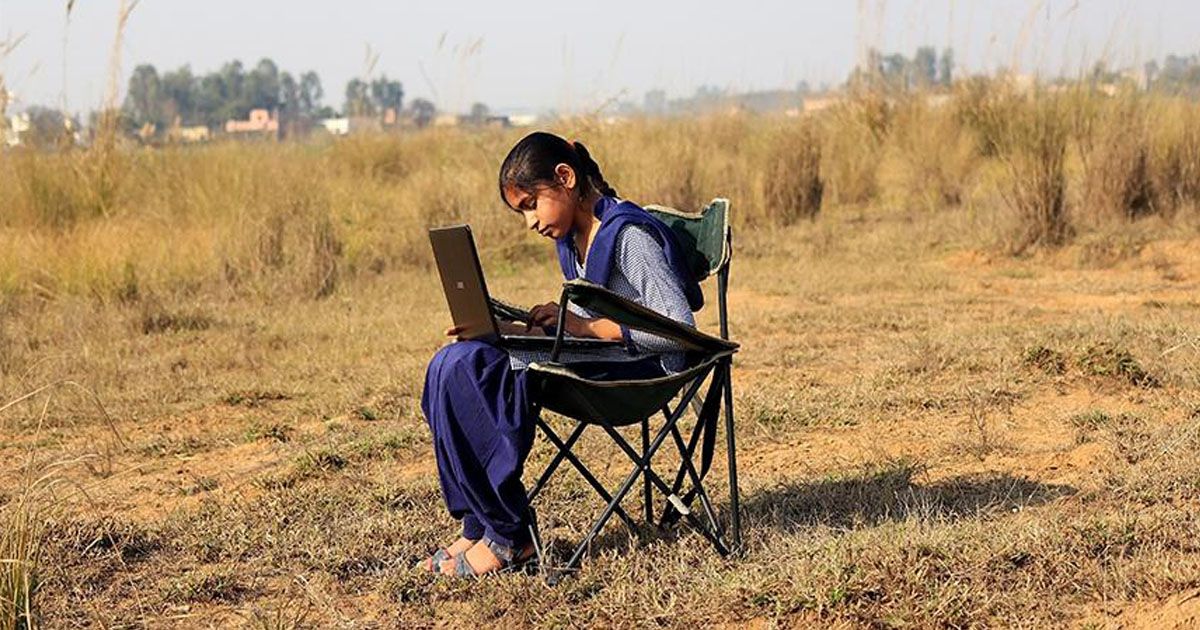

Karun Lama examines a serious fallout of the global pandemic.
Since schools and its tertiary institutions had to be kept closed for a long duration due to the outbreak of COVID-19, schoolchildren have been the hardest hit as they suffered unschooling, causing a long-disengagement with academics. Even though classroom learning was substituted by digital media within a short time, a vast majority of students couldn’t participate in the online learning process. Many students lacked the basic study tool – a smartscreen device/phone, while others had to struggle with poor internet speed. For the entire student community, the pandemic-induced closure of schools and institutions came as a hindrance to their academic growth, and even became the cause of an abrupt end to the academic careers of many.
To Mitku Majhi (name changed), a student of Class-IX at a government school situated close to his line house (labour quarter) in the Deroi Tea Estate of the Dibrugarh district of Upper Assam, the novel coronavirus brought no harm healthwise, but the situation forced him to quit school permanently. His father – Sukru Majhi, says, “Apart from taking millions of lives, corona seems to have taken away the future of many children, including my son’s. Mitku was a regular student, though not so interested in studies. As the schools were closed, he and his friends got engaged in plucking tea leaves as soon as work in the tea gardens resumed last year.” So, Mitku now works as a labourer in the tea estate.
“Although the schools have re-opened now, he doesn’t wish to attend his classes,” Sukru adds ruefully. When asked why he hasn’t encouraged his son to continue his schooling, Sukru replies, “Initially, I was glad to see my son utilising his time in learning a skill by which he would earn his own expenses. Besides, the pandemic had hit us hard financially and I was not in a position to meet the family expenses alone. So, his extra income was a big help. But now schools have resumed, and Mitku chooses to continue working. In fact, none of his friends are interested in going to school anymore. They have got the touch of money in their hands now!”
Further, Sukru contemplates, “I wish he had continued his studies at least till matriculation. Perhaps, seeing the poor financial condition of the family and the expenses incurred on my health, he has made up his mind to continue to earn in whichever way he can.”

One Dhontu (name changed), from Kurukani village, situated in the Charaideo district, who had been promoted to HS IInd year (as the HS Ist year final exams were cancelled due to COVID-19) has a similar story to tell. Dhontu quit his studies and along with a few friends from the village left for South India in November to work in a factory. Dhontu now works in a tiles factory. There is no certainty that he will come back to appear for his final exams – which are scheduled to be held in May this year.
Well, such a dismal scenario of school dropouts is not confined to these villages alone. Many students throughout the country have not resumed their classes, despite the reopening of schools.
This has been observed in other countries as well, especially in under-developed and poor countries. UNESCO estimated that by the end of 2020, about 320 million students were out of schools globally. Across the globe, South and West Asia, as well as sub-Saharan Africa are among the regions where students are at the highest risk of not returning to schools and tertiary institutions. Thus, bringing these students back to school has become a global challenge of the post-COVID times and each country has to deal with this issue individually and urgently.
A regressive literacy rate is certain to loom large ahead, if these large-scale dropouts are ignored or unchecked. In India, as directed by the Union Ministry, for the new session, States need to devise a rescue mission to bring every student back to the learning places. The Back to School Campaign needs to touch every nook and corner of the country.
In Assam, some initiatives in this regard have turned successful in quite a few places. However, that needs to be pursued in all regions effectively. UNICEF teams have also been doing their part in the tea garden areas, which, hopefully, can help to overcome this great challenge. Door-to-door enquiries at the homes of students, thereby counselling and encouraging them to continue with their studies could be the most effective way to bring them back into the fold. That apart, incentives in the form of economic relief would also help the ones who are not in a position to return to school due to financial issues. Moreover, parents and guardians have a major role to play. After all, it is their wards who have been the victims and a little encouragement from them can change a young person’s entire course of life.
Hence, a collaborative effort is the need of the hour, because the causes for such an extensive dropout ratio range from ‘financial setbacks’ due to the pandemic to ‘behavioural impact’ of the prolonged disengagement in academics. The tiny, lethal microscopic creature has already snatched away many near and dear ones. We cannot let it take away the future of our children as well.

